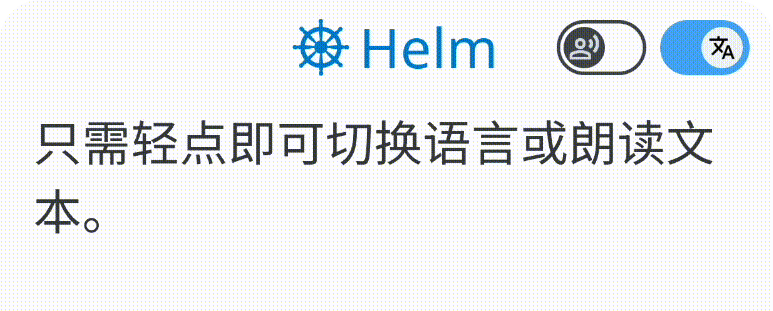 Spotify 的 “streamshare” 方法通过版权所有者向艺术家分配订阅和广告收入,批评者认为它有利于主要唱片公司和高流媒体艺术家。
Spotify 的 “streamshare” 方法通过版权所有者向艺术家分配订阅和广告收入,批评者认为它有利于主要唱片公司和高流媒体艺术家。  Spotify's "streamshare" method distributes subscription and ad revenue to artists via rights holders, with critics arguing it benefits major labels and high-streaming artists.
Spotify's "streamshare" method distributes subscription and ad revenue to artists via rights holders, with critics arguing it benefits major labels and high-streaming artists.
 Spotify 是一个领先的音乐流媒体平台,拥有 626M 用户和 246M 订阅者,它使用“streamshare”方法将订阅和广告收入分配给艺术家。
Spotify 是一个领先的音乐流媒体平台,拥有 626M 用户和 246M 订阅者,它使用“streamshare”方法将订阅和广告收入分配给艺术家。  Spotify, a leading music streaming platform with 626M users and 246M subscribers, uses the "streamshare" method to distribute revenue from subscriptions and ads to artists.
Spotify, a leading music streaming platform with 626M users and 246M subscribers, uses the "streamshare" method to distribute revenue from subscriptions and ads to artists.  该平台向权利持有者支付费用,然后根据他们的合同将收入分配给艺术家。
该平台向权利持有者支付费用,然后根据他们的合同将收入分配给艺术家。  The platform pays rights holders, who then distribute earnings to artists per their contracts.
The platform pays rights holders, who then distribute earnings to artists per their contracts.  权利持有者根据市场中音乐流的总数得到计算出的付款。
权利持有者根据市场中音乐流的总数得到计算出的付款。  Rights holders receive calculated payouts based on the total number of streams for their music in a market.
Rights holders receive calculated payouts based on the total number of streams for their music in a market.  批评者认为,该系统有利于大型唱片公司和拥有大量流媒体的艺术家,而有些人则呼吁建立一个以用户为中心的模式,根据每个用户的流媒体习惯,直接向版权所有者支付版权费.
批评者认为,该系统有利于大型唱片公司和拥有大量流媒体的艺术家,而有些人则呼吁建立一个以用户为中心的模式,根据每个用户的流媒体习惯,直接向版权所有者支付版权费.  Critics argue the system benefits major labels and artists with high streaming numbers, while some call for a "user-centric" model where royalties are paid directly to rights holders based on each user's streaming habits.
Critics argue the system benefits major labels and artists with high streaming numbers, while some call for a "user-centric" model where royalties are paid directly to rights holders based on each user's streaming habits.  目前,艺术家们只能获得少量版权费,通常被视为"便士分数",这导致了对音乐家在流媒体时代的职业生涯可持续性的担忧.
目前,艺术家们只能获得少量版权费,通常被视为"便士分数",这导致了对音乐家在流媒体时代的职业生涯可持续性的担忧.  Currently, artists receive small fractions of royalties, often seen as "penny fractions," which has led to concerns about the sustainability of careers in the streaming era for musicians.
Currently, artists receive small fractions of royalties, often seen as "penny fractions," which has led to concerns about the sustainability of careers in the streaming era for musicians.

 Spotify 的 “streamshare” 方法通过版权所有者向艺术家分配订阅和广告收入,批评者认为它有利于主要唱片公司和高流媒体艺术家。
Spotify 的 “streamshare” 方法通过版权所有者向艺术家分配订阅和广告收入,批评者认为它有利于主要唱片公司和高流媒体艺术家。  Spotify 是一个领先的音乐流媒体平台,拥有 626M 用户和 246M 订阅者,它使用“streamshare”方法将订阅和广告收入分配给艺术家。
Spotify 是一个领先的音乐流媒体平台,拥有 626M 用户和 246M 订阅者,它使用“streamshare”方法将订阅和广告收入分配给艺术家。  该平台向权利持有者支付费用,然后根据他们的合同将收入分配给艺术家。
该平台向权利持有者支付费用,然后根据他们的合同将收入分配给艺术家。  权利持有者根据市场中音乐流的总数得到计算出的付款。
权利持有者根据市场中音乐流的总数得到计算出的付款。  批评者认为,该系统有利于大型唱片公司和拥有大量流媒体的艺术家,而有些人则呼吁建立一个以用户为中心的模式,根据每个用户的流媒体习惯,直接向版权所有者支付版权费.
批评者认为,该系统有利于大型唱片公司和拥有大量流媒体的艺术家,而有些人则呼吁建立一个以用户为中心的模式,根据每个用户的流媒体习惯,直接向版权所有者支付版权费.  目前,艺术家们只能获得少量版权费,通常被视为"便士分数",这导致了对音乐家在流媒体时代的职业生涯可持续性的担忧.
目前,艺术家们只能获得少量版权费,通常被视为"便士分数",这导致了对音乐家在流媒体时代的职业生涯可持续性的担忧.  Spotify's "streamshare" method distributes subscription and ad revenue to artists via rights holders, with critics arguing it benefits major labels and high-streaming artists.
Spotify's "streamshare" method distributes subscription and ad revenue to artists via rights holders, with critics arguing it benefits major labels and high-streaming artists.